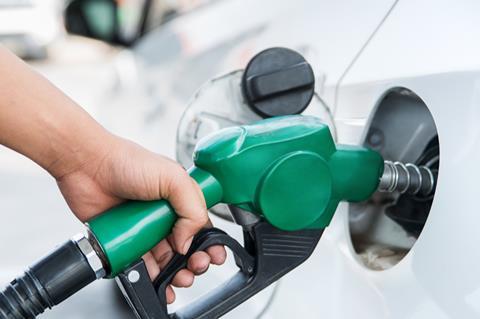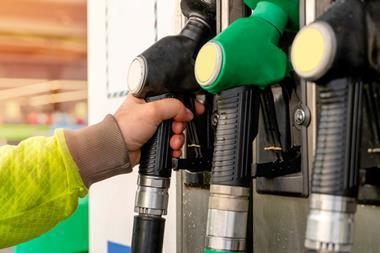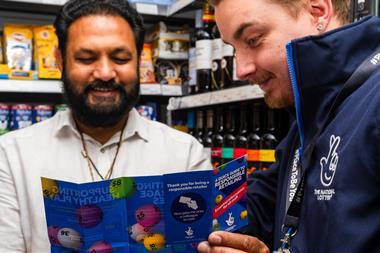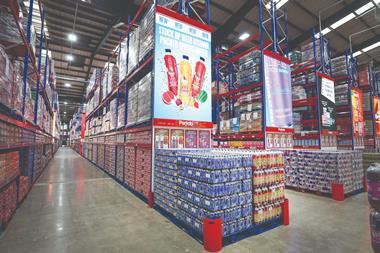
The Competition & Markets Authority has found petrol stations are continuing to overcharge drivers at the pump, but has refused to recognise the rising operating costs retailers are facing, the Petrol Retailers Association (PRA) has said.
In the watchdog’s latest road fuel monitoring report, which aims to reignite competition by holding the industry to account, it found petrol and diesel prices had been “rising steadily” since January, on top of a “sustained increase” in the level of fuel margins.
The report, which was published on 28 March, showed pump prices for fuel fell around 14p per litre between October and January, which was partly driven by the price of crude oil, it added. Since then, however, petrol and diesel prices rose by 5.3p and 6.6p per litre respectively to the end of February, the report showed.
The watchdog also looked into the level of profit margin earned by fuel companies, due to it being an “important indicator” of whether the market’s competition was strengthening or weakening. It found margins for supermarkets and other retailers had increased in the fourth quarter of 2023.
In its analysis, the CMA admitted it did not consider the “potential rising costs for retailers”. However, these were “significant contributors” to the rise in pump prices, the PRA said.
According to the trade body, which represents independent fuel retailers, motorway service operators and supermarkets, these businesses have been contending with “enormous increases” in their operating costs, such as national living wage, business rates and fuel theft.
More pressure was being heaped on to retailers as consumers cut back on spending, with fuel sales falling to 87% of pre-pandemic volume, the PRA added.
“Fuel retailers operate on razor-thin margins in a highly competitive market and must keep prices at the pump as low as possible to attract customers and avoid losing them to competitors,” said PRA executive director Gordon Balmer.
The CMA’s report forms part of its wider plan to help drivers get more competitive fuel prices, having found competition between fuel retailers had weakened since 2019.
The Department for Energy Security & Net Zero recently closed a consultation on the design of a mandated open data scheme that would give drivers access to live, station-by-station fuel prices, as well as an ongoing road fuel price monitoring function.
It proposed creating data aggregator PumpWatch, to be responsible for sharing pump prices freely and openly with third parties, such as PetrolPrices.com and MyRac, with the intent to make retailers compete harder for their business.
A temporary open data scheme is currently ongoing, with 14 retailers voluntarily providing price data daily, including Tesco, BP, MFG and Rontec, covering around 40% of UK forecourts and 65% of fuel sold. This will turn into a mandated scheme whereby all fuel retailers are obliged to share their pricing data once the legislation passes. The bill is currently at its third reading.
The CMA has also recommended that government should introduce a mandated road fuel price monitoring function within a public body, providing it with information-gathering powers to monitor developments in the market, both nationally and locally. The aim is to act as a deterrent against anti-competitive pricing strategies.
The CMA has published two reports so far, including the one in March. It will continue to publish updates around every four months until the permanent function takes over when the legislation passes.
Both these measures aim to work in a “mutually reinforcing way” to increase transparency, the consultation document added.
The consultation, which raised 37 questions around both elements of the scheme, ended on 12 March. The government is analysing the responses received.



















No comments yet